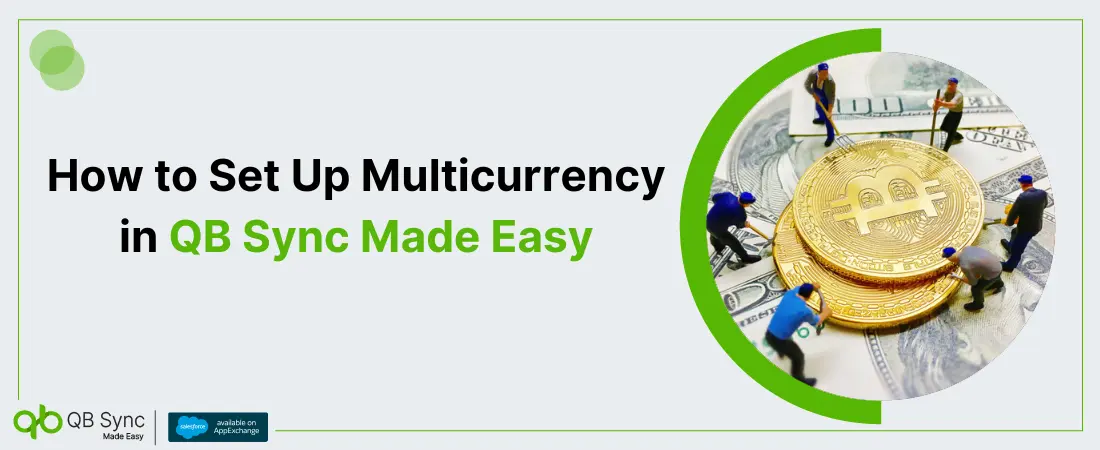How to Set Up Multicurrency in QB Sync Made Easy

No Data Found.
Recent Articles


No Data Found.